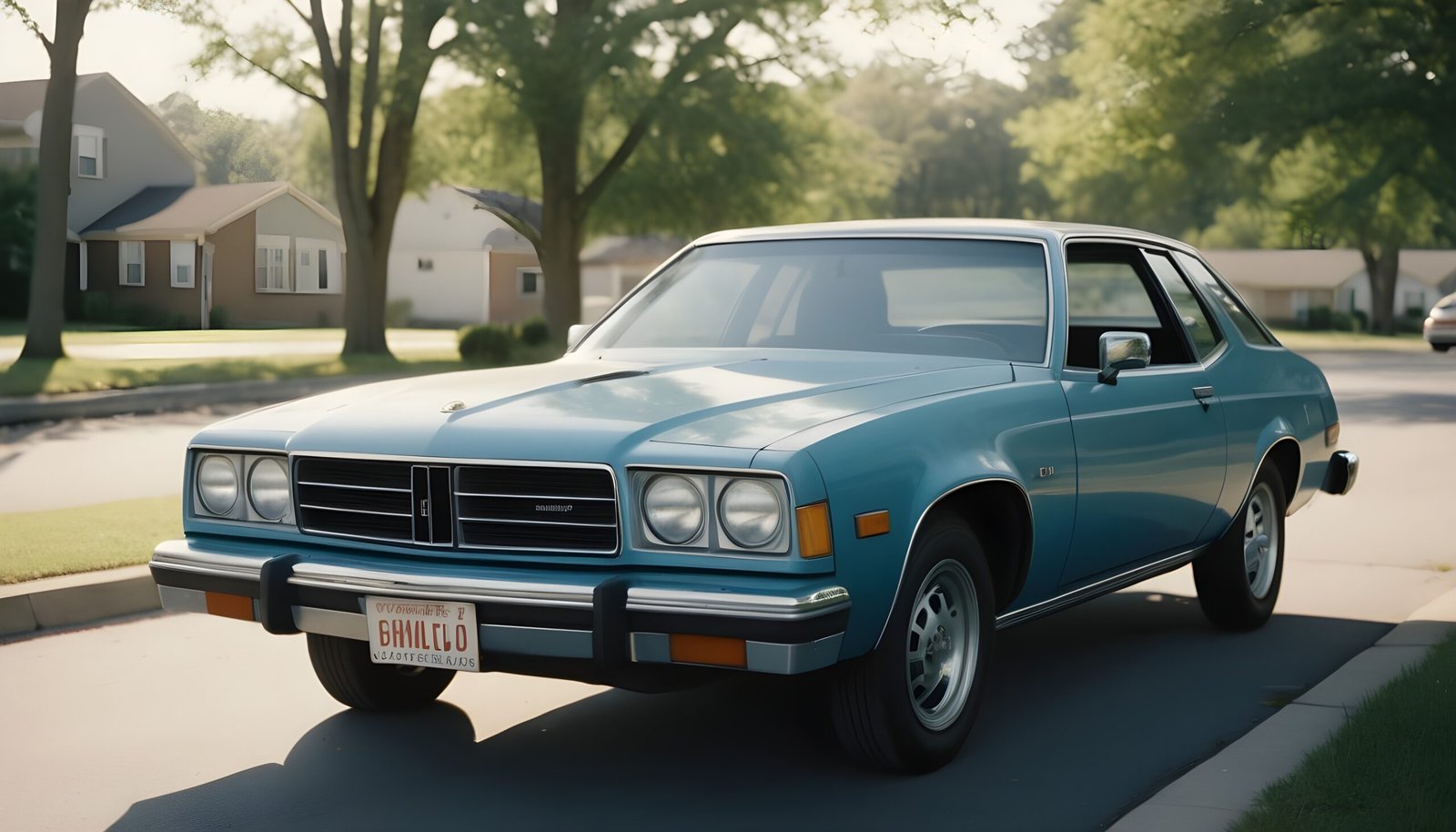11 Easy Ways to Increase Your Gas Mileage

Reducing your driving by carpooling, taking public transportation, and consolidating trips is the most obvious approach. That has the biggest impact on each person’s fuel consumption.
Nevertheless, driving practices have a big influence on fuel economy. According to the U.S. Department of Energy, bad driving behaviors can lower fuel economy by 15% to 30% at highway speeds and 10% to 40% in stop-and-go traffic, depending on the kind of vehicle.
US Department of Energy, No. 1. “Driving More Efficiently.”

Steer clear of the pedal
Gas waste occurs during rapid acceleration, braking, and speeding. Consumer Reports claims that in certain vehicles, lowering the speed from 65 mph to 55 mph increased fuel efficiency by 6 to 8 mpg.
3 Stories from Customers. “How to Get the Best Fuel Economy Now.”
Slow Down
Above 50 miles per hour, the efficiency of gas mileage tends to drop. Fueleconomy.gov estimates that for every five miles per hour over 50 mph, a driver will pay an additional 22 cents per gallon of gas. Although every car has a maximum speed for fuel economy, speeding can cut fuel efficiency by 7% to 14%. You can save between 26 and 51 cents per gallon by driving more slowly.
4/5
Leave Extras at Home
The weight of every 100 pounds in your car might cause a 1% decrease in gas mileage. The decrease is based on the weight of the vehicle; heavier vehicles have a greater impact on smaller vehicles than on larger ones. Aim for up to 4 cents extra per gallon for every 100 pounds of excess weight.
5 The US Department of Energy’s “FuelEconomy.gov.”
Utilize Cruise Control (When Suitable)
When used properly, cruise control can increase fuel efficiency by up to 14%, according to Edmunds. Avoiding the usage of cruise control in particularly mountainous terrain is appropriate. That is a gallon of savings of almost 43 cents.
5 The US Department of Energy’s “FuelEconomy.gov.”
Turn Off the Car
The U.S. Department of Energy estimates that idle cars achieve zero miles per gallon and use several billion gallons of fuel annually.
If a wait time of more than 10 seconds is anticipated, the California Energy Commission (CEC) recommends that cars be switched off. Depending on whether the air conditioning is used, an idle car can consume up to half a gallon of gas each hour. You can save as much as 4 cents every minute by turning off your car.
4/5
Check the Tire Pressure
The U.S. Department of Energy estimates that underinflated tires lose 1.25 billion gallons of fuel annually, or around 1% of the nation’s total usage. Every month, tires can lose roughly 2 pounds per square inch (psi).
Each tire that is underinflated by 10 psi reduces fuel economy by about 3.3%. Four tires that are underinflated by 10 psi, then, would reduce a vehicle’s fuel economy by a substantial 10%, at an added cost of 31 cents per gallon.65
Change the spark plug
According to the National Institute for Automotive Service Excellence, defective spark plugs can reduce fuel efficiency by as much as 30% and, at current pricing, can cost drivers as much as 94 cents per gallon.
5.
Spark plug misfiring is a likely cause of a sudden decrease in a car’s gas mileage. Spark plug replacement intervals range from 20,000 to 100,000 miles, according to recommendations. For information on the ideal timetable for your car, consult the owner’s manual.
Check the Alignment
Misaligned tires do not roll freely; they drag. Fuel efficiency can be lowered by up to 10% due to improper alignment, or roughly 31 cents per gallon. In addition, the tires will degrade faster.
5.
The steering wheel vibrating is the primary sign of inadequate alignment. To enhance tire performance and fuel efficiency, tires should be rotated and balanced in accordance with the owner’s manual for your car.
Replace the Air Filter
By acting as a barrier, an air filter keeps impurities like dust, grime, and insects out of the engine. The air filter makes sure that the engine runs smoothly by only letting clean, particle-free air through.There is a 10% reduction in fuel efficiency due to a dirty air filter.
7.
When you get your oil changed on a regular basis, think about replacing it.
Early in the morning or late at night, fill up your tank
Volume is used to disperse fuel. The fuel will be denser if you fill up your tank in the early morning or late at night and avoid the heat of the day. You will thus receive more gas for the same sum of money.
Energy Department of the United States, “FuelEconomy.gov.”
Avoid Rush Hour
Seeking for some flexibility in your working hours has a lot of benefits. Steering clear of rush hour is not the least of them. In addition to being time- and gasoline-wasting, it is stressful. If possible, try to travel during periods when there are less “stop-and-go” opportunities. Sitting still on the highway reduces your gas mileage.


Leave a Comment